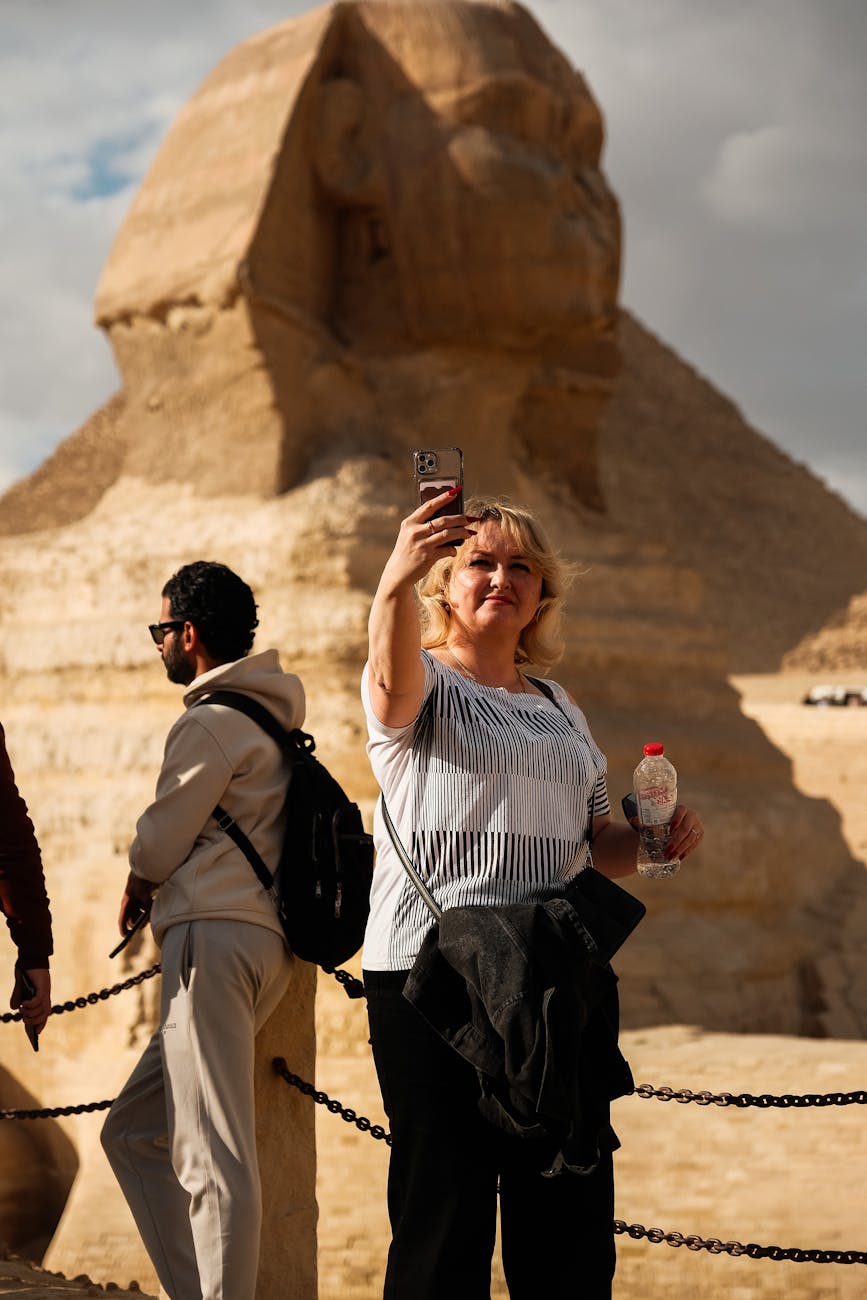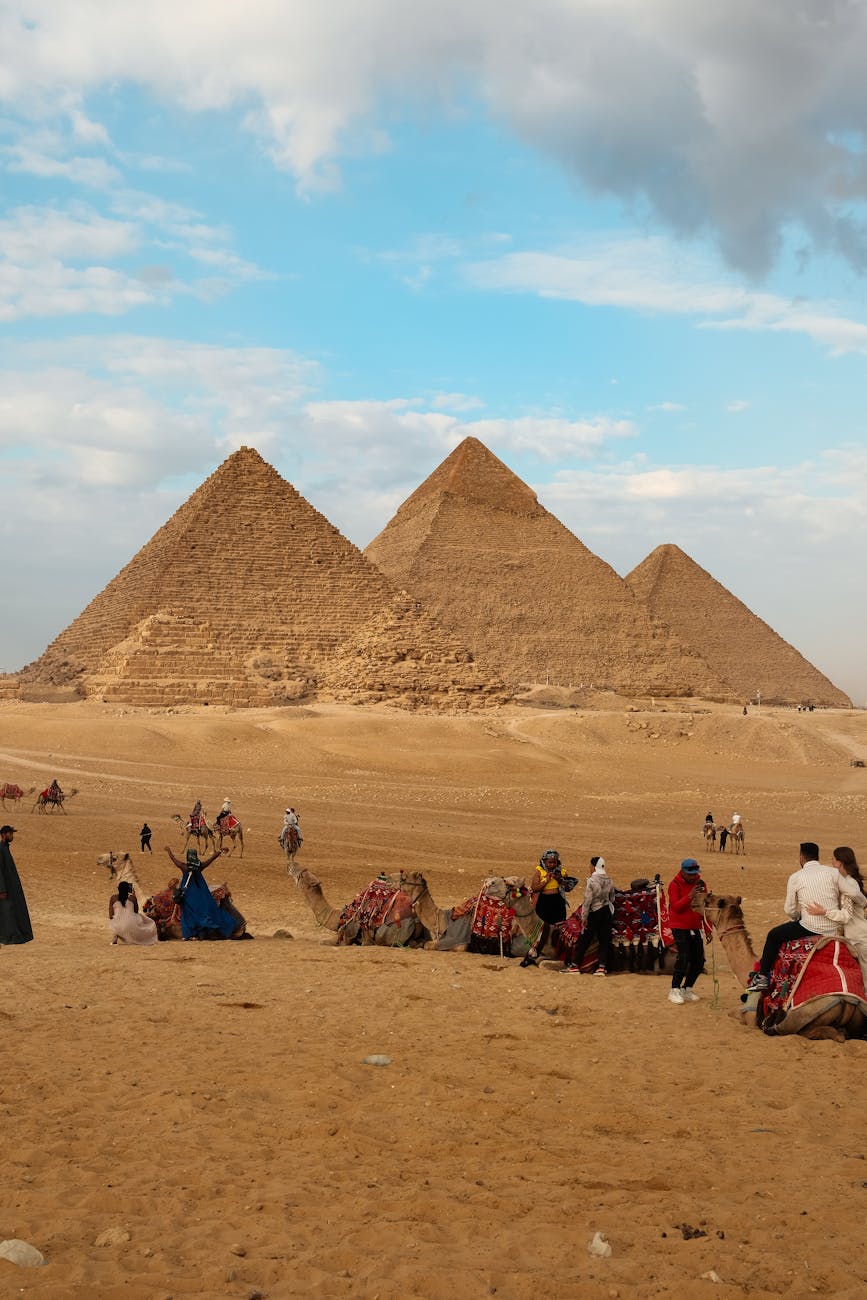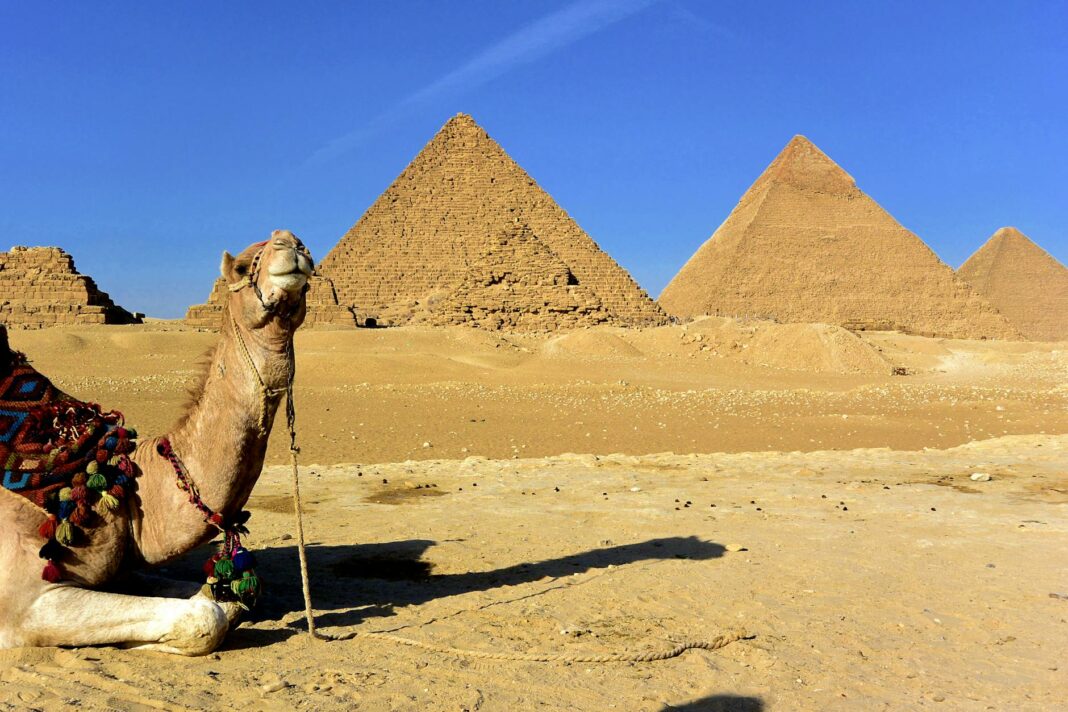Exploring the arid landscapes of desert regions reveals a tapestry woven with history, mystery, and astonishing human resilience. Throughout the centuries, deserts have fostered remarkable civilizations and left behind a plethora of historical treasures that stand testament to human ingenuity and determination. This ultimate guide takes you on a journey through these breathtaking wonders, igniting curiosity while showcasing the incredible stories behind each remarkable site.
Not only do these historical marvels offer a glimpse into the lives of ancient peoples, but they also challenge our understanding of how humans interact with harsh environments. From forgotten cities buried beneath the sands to monumental structures that have survived the test of time, this blog post unveils the secrets of desert historical wonders, ensuring that you appreciate their significance and beauty like never before.
What Are Desert Historical Wonders?
Desert historical wonders encompass remnants of past civilizations, archaeological sites, and culturally significant landmarks that thrive in arid regions across the globe. These locations provide invaluable insights into humanity’s resilience and adaptability, stories of societies that once flourished under challenging circumstances. By contemplating what these historical gems entail, one begins to appreciate the intricate relationship between the environment and human achievement, which is especially poignant in such stark landscapes.
Moreover, it is compelling to recognize that these wonders are not limited to obvious structures like pyramids or fortresses. Instead, they include lesser-known sites that feature advanced agricultural techniques, ancient trade routes, and spiritual centers that shed light on the intricacies of social structures in the past. Each of these elements contributes to the overall tapestry of desert life, encouraging modern observers to reflect on the importance of preserving such sites for future generations.
Ancient Cities Under the Sand
Many assume that deserts are barren and lifeless, yet beneath the sand, ancient bustling cities await rediscovery. Noteworthy examples include the legendary city of Petra in Jordan, with its intricate rock-cut architecture and arduous water system, and the ruins of Hegra, the first UNESCO World Heritage site in Saudi Arabia. Each serves as a reminder that thriving civilizations once inhabited these arid landscapes, utilizing their resources and adapting to the extreme conditions.
Furthermore, these ghostly remains hold stories waiting to be unveiled. Archaeologists continue to unearth treasures that illuminate the past, from beautifully preserved mosaics to striking sculptures. This ongoing process of discovery reinforces the notion that what lies beneath the surface can often be more enchanting than what is immediately visible, offering a thrilling glimpse into humanity’s diverse narratives. The fascination is not solely about the grandeur of these sites but also about the people who constructed them, showcasing their remarkable skills and artistry.
Iconic Landmarks
Deserts are home to some of the world’s most iconic landmarks that stand tall against the backdrop of sweeping dunes and vast landscapes. For instance, the Great Sphinx of Giza and the imposing Pyramids are eternal symbols of human creativity and ambition. These structures, crafted thousands of years ago, continue to captivate millions each year who marvel at their size and design, igniting wonder and curiosity that transcend time.
Moreover, beyond Egypt, the desert landscapes host architectural marvels like the Aïr Mountains of Niger and the rock formations of Wadi Rum in Jordan. These landmarks bear the marks of ages past, blending natural beauty with human experience in a way that evokes feelings of adventure and exploration. As travelers traverse these magnificent sites, they step deeper into the stories etched in stone, connecting with a rich history that transcends their immediate surroundings, thus prompting a profound exploration of what it means to be human.
Cultural Heritage of Deserts
The tapestry of desert history extends far beyond mere structures, enfolding the cultural heritage that thrives in these arid environments. Indigenous tribes and communities showcase a vibrant array of traditions, rituals, and art forms that embody the spirit of survival amidst formidable challenges. These cultures offer invaluable lessons on sustainability, adaptability, and reverence for the environment, echoing through generations and reminding us of our interconnectedness with nature.
Furthermore, celebrating the cultural heritage of deserts invites a fresh perspective on conservation. It posits the significance of safeguarding not only architectural treasures but also the living traditions that contribute to the dynamic cultural landscape. Consequently, embracing these cultural narratives ensures that the stories of the past remain vibrant in the present, shedding light on the invaluable contributions of diverse populations who have made their mark on these rugged terrains.
Modern Explorations of the Past
In today’s world, modern technology and exploration techniques allow for an unprecedented understanding of desert historical wonders. Innovations such as satellite imagery, ground-penetrating radar, and advanced excavation methods are changing the landscape of archaeology, revealing sites that were previously hidden or misinterpreted. Such discoveries often alter our perception of history, challenging previously held beliefs about societal structures and interactions in desert environments.
Beyond pure archaeology, the interest in exploring desert histories has ignited a global movement towards sustainable tourism. Ethical travel encourages visitors to engage with desert landscapes responsibly, fostering respect for the fragile ecosystems and the communities that inhabit them. This shift signifies a broader understanding of history that goes hand in hand with environmental stewardship, illustrating how modern explorations can be both enlightening and beneficial for the planet and its people.
More Than Just Sand
Deserts are often dismissed as desolate and barren, yet they represent a rich mosaic of life and history that is teeming with potential. From stunning geological formations to flourishing ecosystems, these regions challenge conventional notions of what life can thrive in such vast arid spaces. The juxtaposition of harsh conditions and captivating remnants of ancient societies opens a dialogue about survival and creativity that resonates with audiences from all walks of life.
Additionally, understanding deserts as layered environments filled with stories fosters a sense of appreciation for their beauty and complexity. When viewed holistically, it becomes evident that deserts are not merely backdrops to human history but, instead, contribute significantly to our shared cultural heritage. Therefore, reflecting on their past can enhance our understanding of current issues such as climate change and cultural preservation, bridging the gap between ancient experiences and contemporary challenges.
Final Perspectives on the Desert’s Historical Tapestry
In traversing the intricacies of desert historical wonders, we embark on a journey that unveils the resilience and creativity of humanity throughout history. These remarkable sites encourage us to reflect on the stories that shape our world, highlighting how past civilizations adapted to challenging environments. As we seek to preserve these treasures, acknowledging their value in informing our future becomes crucial.
Ultimately, the exploration of desert wonders offers an opportunity to embrace their complexity, reminding us that each grain of sand tells a story that is woven throughout history. By challenging conventions and seeking to uncover the deeper narratives, we participate in a collective heritage that extends beyond borders and time, enriching our understanding of what it truly means to be a steward of the Earth.
Frequently Asked Questions
What are the most significant desert historical wonders?
Desert historical wonders include sites like Petra in Jordan, the Great Pyramids of Giza in Egypt, and the ruins of Hegra in Saudi Arabia, among others. Each offers a unique glimpse into ancient civilizations and their adaptative strategies for survival.
Why are these historical sites important?
Such sites are vital for understanding human history and the complexities of past societies. They showcase adaptability, technological advancements, and cultural richness, all of which have shaped the modern world.
How can I visit these sites ethically?
When visiting desert historical wonders, it is essential to engage in sustainable tourism practices. This includes respecting local cultures, minimizing environmental impacts, and supporting preservation efforts. Ethically traveling ensures that these treasures remain intact for future generations to appreciate.
Image Credit: Pexels





